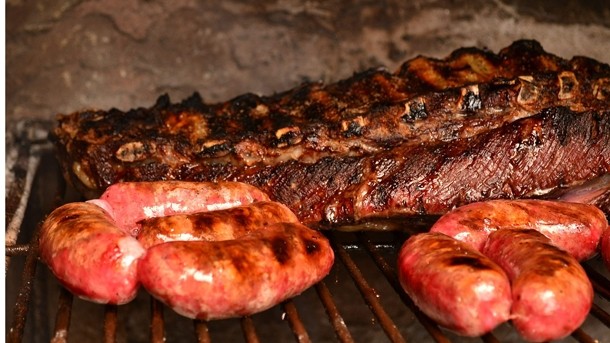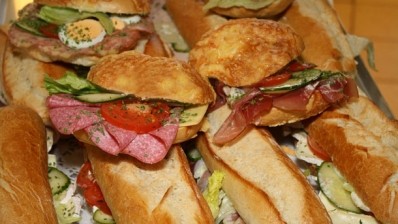Make the most of the slow-cooking trend, urges EBLEX

According to the report, a focus on world food, particularly from America, has made slow-cooking more prominent than ever, giving caterers an opportunity to reduce costs and increase profits.
EBLEX foodservice project manager Hugh Judd said: “Slow-cooking is going through a revival at the moment; it really brings out the flavour of the meat and enables caterers to use a variety of cost-effective beef and lamb cuts to create wonderful dishes.
“With just a little imagination, traditional cuts such as the lamb shoulder and chuck tender can be used to create contemporary recipes that will really stand out on menus. Talk to your butcher about which cuts are on offer throughout the year and get their advice on how best to cook them.”
The report added that there was an opportunity to educate diners on rare cuts of meat through detailed menu descriptions, as consumer research by the organisation showed most people only know basic cuts.
Return of lamb supply
On a more seasonal note, EBLEX noticed the lack of lamb dishes on menus, prompted by lower supply levels at the height of the recession. It pointed to the return to abundant production in 2014, bringing prices down to levels comparable to beef, and encouraged operators to offer lean and exciting cuts to consumers.
“2014 has been a vintage year for lamb; high-quality lamb is currently available on the market and, with the seasonally good supply, prices are competitive, making it a great protein option for caterers to use right now,” Judd said.
Dirty food phenomenon
Along with an ever-growing street food offering, EBLEX pointed out that consumers are currently craving ‘meat fixes’, leading to a new ‘dirty food’ trend among operators.
These encourage customers to eat with their hands, and describe their cooking process at length, with menu examples including: ‘smoked low and slow for 18 hours over hickory and fruit woods’ or ‘cooked in a charcoal oven which sears meat instantly at temperatures as high as 300°C, ensuring we lock in those rich flavours’.
According to the report, premium burgers show no sign of abating, with more and more restaurateurs emphasising origin in their menus.
No room for complacency
Though hailing the 2 per cent increase in consumer spend in the foodservice sector (year to June 2014), the report stressed that there was ‘no room for complacency’.
For example, more needs to be done to curb the decline in female custom to quick-service restaurants (QSR), and get customers over 50 back into pubs.
Judd explained: “The UK foodservice market is an exciting place to be at the moment, with so much innovation delivering new concepts and formats, influenced by such a diverse range of cuisines from around the world.
“It’s an exciting time for the meat industry too, with chefs increasingly wanting to experiment with alternative cuts, while still ensuring they use the best quality ingredients available. The ‘dirty food’ phenomenon best sums it up; it’s about getting back to basics and enjoying the food, forget the cutlery, eat it with your fingers if you want! And why not?”
Top 5 considerations to attract diners
Based on its consumer research, EBLEX has determined the five main things operators should look at improving to bring in custom.
- What’s the occasion? Do customers come to you for a particular occasion, or just because they can’t be bothered to cook? Define your target segment, and appeal to your local community.
- It all starts online: With customers almost always checking online platforms before making dining decisions, having an appealing website is crucial.
- Lesser-known meat cuts need to be explained: Most consumers only know the most popular cuts. Encourage them to try something new by educating them on rare cuts.
- Good descriptions sell: Create enticing menu descriptions to convince diners to buy more expensive items.
- Offers are still expected: Build a good email database to send your regular diners vouchers.















